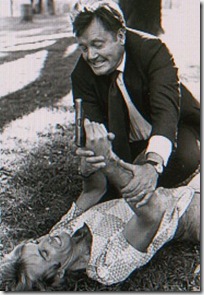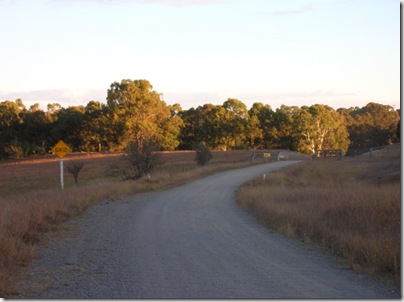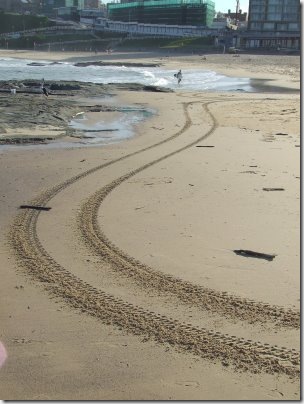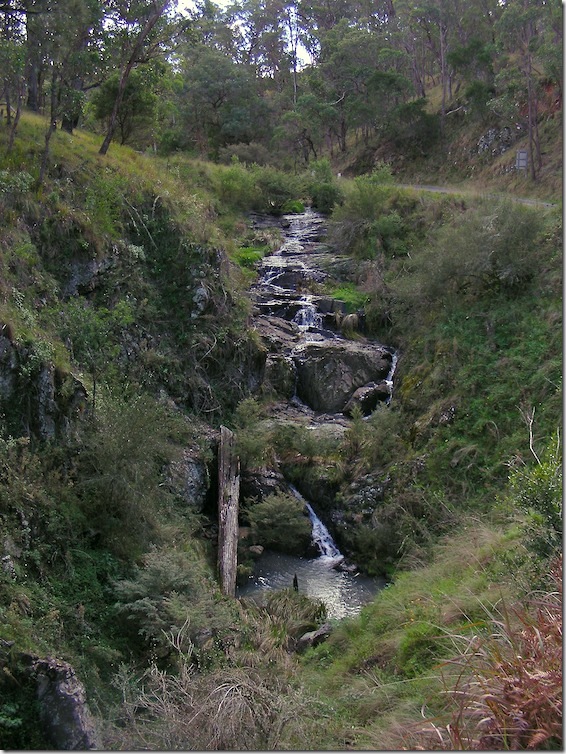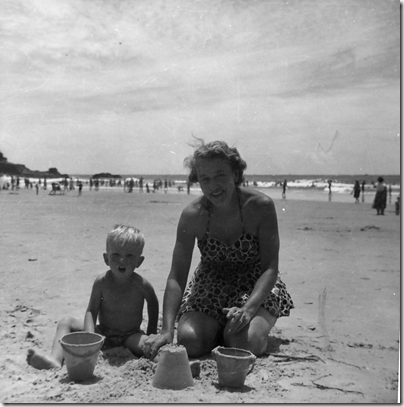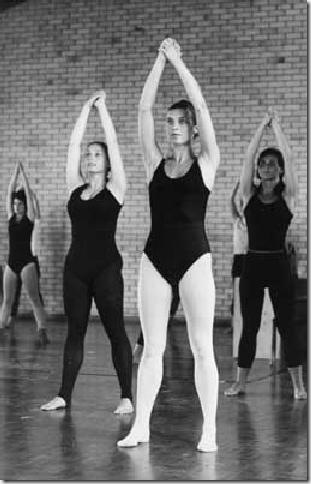 My thanks to Paul Barrett for alerting me to an article in the NLA News, April 2002, on the UNE summer schools of the 1960s and 1970s.
My thanks to Paul Barrett for alerting me to an article in the NLA News, April 2002, on the UNE summer schools of the 1960s and 1970s.
This photo shows Shirley Mckechnie (b.1926) at the
Armidale Summer School dance classes (
Shirley Mckechnie Papers, Manuscript Collection MS 9553).
Wrtten by Michelle Potter, then Curator of Dance at the National Library, the article gives a national importance to the schools that I was unaware of.
She begins the article with a quote:
The University of New England is widely acknowledged as having made a significant, pioneering contribution to dance education in Australia. This has been achieved by a series of residential activities held as part of the University’s Summer Schools programmes in the arts—a salient feature of the adult education activities conducted by its Department of Continuing Education.
Potter notes that this rather formal statement appeared in an article entitled ‘Ballet at the University of New England 1966–1976’ in the Journal and Proceedings of the Armidale and District Historical Society in January 1977. She continues:
Written by Bernard James, director of the continuing education program at the University of New England (UNE) at the time, the article outlines the history of four momentous summer schools organised by UNE and held on its Armidale campus in 1967, 1969, 1974 and 1976. James’s clearly written and important account captures little, however, of the excitement generated by the Armidale summer schools, where creativity was fostered, where some of Australia’s most prominent artists made contributions, and where the talents of aspiring choreographers, dancers, writers and historians—some, such as Graeme Murphy, now with an international reputation—were nurtured.
Potter records that a little of the history of the Armidale summer schools is documented in two collections of personal papers held by the National Library of Australia—the papers of Peggy van Praagh (MS 7223) and Shirley McKechnie (MS 9553).
Both played seminal roles in the development of the summer schools. Van Praagh was, at the time of the inaugural school, co-artistic director with Robert Helpmann of the Australian Ballet. She was the artistic force behind that first school and much of the subsequent development of the summer programs. McKechnie, a dance educator who would go on to play an instrumental role in the establishment of dance as a subject of tertiary study in Australia and who is now a professorial fellow at the Victorian College of the Arts, took a major role in the two schools of the 1970s.
Potter goes on to describe the schools. I won't repeat the whole article, but it provides an interesting perspective into one part of Australia's (and New England's) cultural past.
